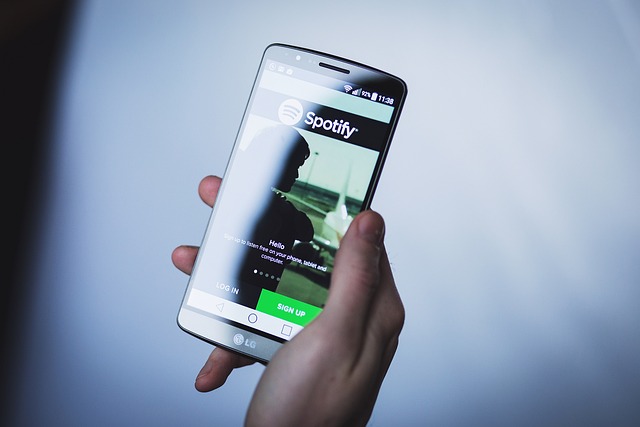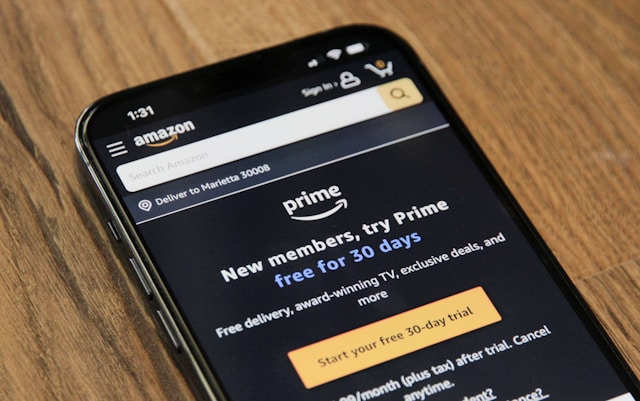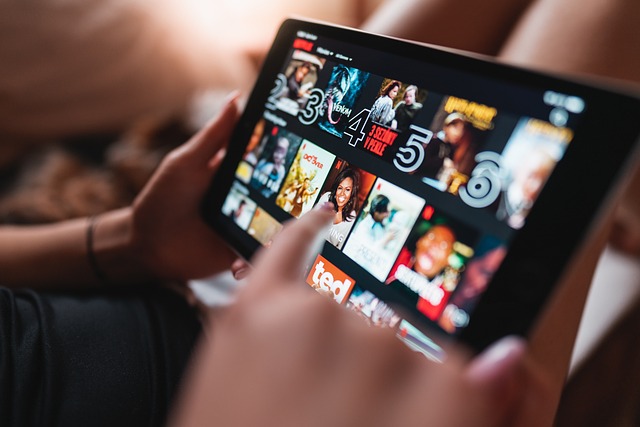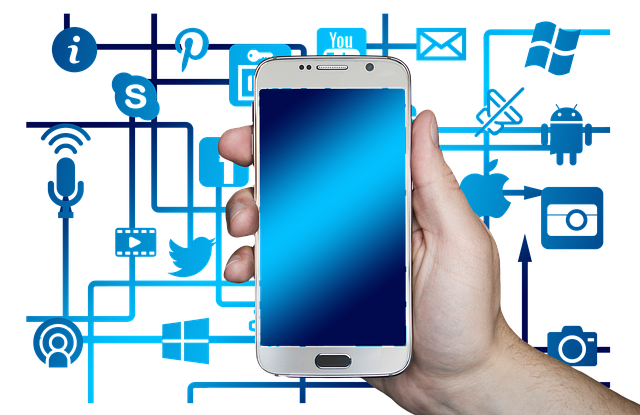In the dynamic world of digital marketing, understanding and leveraging behavioral triggers in email campaigns can significantly boost engagement and conversions.
This comprehensive guide explores how to integrate behavioral science concepts into your email marketing strategy, providing both theoretical knowledge and practical applications.
Personalization Strategies
Tailoring email content to individual preferences and behaviors is a powerful application of psychological principles that can significantly boost open rates and engagement.
Salience and Cocktail Party Effect
People are more likely to notice their name or relevant information amidst the noise, a phenomenon known as the cocktail party effect. Personalized subject lines can leverage this effect, making your emails more salient and improving open rates.
Example: Use the recipient’s name in the subject line, such as “Tomomi, here’s your exclusive offer,” to grab attention and increase the likelihood of the email being opened.
Baader-Meinhof Phenomenon (Frequency Illusion)
Once someone notices something new, they often start seeing it everywhere. This is known as the Baader-Meinhof Phenomenon or frequency illusion. By using data on recent browsing or purchase history, you can create content that taps into this phenomenon, making recipients more likely to engage with familiar products or topics.
Example: If a user recently browsed running shoes, send an email featuring those shoes or similar products, reinforcing their interest and increasing the chances of a purchase.
Endowment Effect
People tend to place higher value on things they feel they already own or have experienced. Personalizing content based on past interactions can trigger the endowment effect, making your emails more compelling.
Example: Highlight items that a user has added to their cart but not yet purchased, with a message like, “Your favorite items are waiting for you,” to increase the perceived value and encourage completion of the purchase.
Implementation Intention
Help recipients form implementation intentions by linking desired actions to specific situations, increasing the likelihood of conversion. Implementation intentions are plans that connect a specific cue with a desired behavior.
Example: If a user has been browsing vacation packages, send an email with the subject line, “Plan your dream vacation today,” followed by content that makes it easy to take the next step, such as booking a trip.
Real World Examples
Let’s look at how some leading companies use personalization strategies in their email marketing to drive engagement and conversions.
Spotify sends personalized “Year in Review” emails to its users at the end of each year, summarizing their listening habits and preferences.
- Subject Line: “Your 2023 Wrapped is here, Tomomi!”
- Content: Includes personalized statistics such as top artists, songs, genres, and total listening time.
- Call to Action: “Relive your year in music” with a button to a personalized playlist.
Cognitive Biases Applied
- Salience and Cocktail Party Effect: By including the user’s name in the subject line, Spotify increases the likelihood of the email being noticed and opened.
- Baader-Meinhof Phenomenon: Highlighting the user’s most-listened-to artists and songs reinforces the frequency illusion, making users more likely to engage with this familiar content.
- Implementation Intention: The personalized playlist creates a clear path for action, linking the desire to relive their musical year with a specific, easy-to-implement action (clicking the playlist button).

Amazon sends emails with product recommendations based on users’ browsing and purchase history.
- Subject Line: “Tomomi, we found some items you might like”
- Content: Showcases products similar to or complementary to items the user has viewed or purchased.
- Call to Action: “Shop now” buttons for each recommended product.
Cognitive Biases Applied
Salience and Cocktail Party Effect: The personalized subject line grabs attention amidst other emails.
Baader-Meinhof Phenomenon: By showing products related to recent searches or purchases, Amazon taps into the frequency illusion, making these items seem more relevant and desirable.
Endowment Effect: For items the user has previously considered buying (added to cart but not purchased), seeing them again in an email can trigger a sense of ownership, increasing the likelihood of purchase.
Implementation Intention: Each product recommendation comes with a clear “Shop now” button, creating a direct link between the desire for the product and the action of purchasing it.
Additional Cognitive Biases at Play
Availability Heuristic: By presenting recently viewed or related items, Amazon makes these products more mentally available, increasing the likelihood of purchase.
Choice Architecture: The selection and arrangement of recommended products guide user decisions by presenting a curated set of choices.
Social Proof: Often, these emails include phrases like “Customers who bought [item you purchased] also bought…”, leveraging the power of social influence.
Scarcity: Sometimes, these emails include information about limited stock or time-limited deals, tapping into the scarcity principle to motivate quick action.

Behavioral Triggers: Psychological Levers for Action
In addition to personalization, you can use various psychological triggers to craft emails that compel action. Here’s how to leverage some key principles:
Reciprocity
Offering something of value for free can trigger the reciprocity principle, making recipients more likely to engage with your calls-to-action.
Example: Dropbox Dropbox’s emails offering free additional storage space to users who refer friends to the service activate reciprocity, encouraging users to spread the word.
Commitment and Consistency
Reference past interactions or purchases to activate the commitment and consistency principle, encouraging continued engagement.
Example: Amazon’s Reorder Reminders
Airbnb’s emails showcasing how many travelers have booked a property and what they thought of it tap into social proof, helping potential customers feel more confident in their booking decisions.
Social Proof
Incorporate testimonials or user statistics to leverage social proof, reducing uncertainty and encouraging action.
Example: Airbnb’s User Testimonials
Airbnb’s emails showcasing how many travelers have booked a property and what they thought of it tap into social proof, helping potential customers feel more confident in their booking decisions.

Scarcity and Loss Aversion
Limited-time offers or exclusive deals can tap into scarcity bias and loss aversion, motivating quick action.
Example: Booking.com’s emails that highlight “Only 2 rooms left at this price!” create urgency, prompting recipients to act quickly to avoid missing out.
Emotional Appeal
Craft messages that evoke specific emotions, utilizing the affect heuristic to influence decision-making.
Example: Charity: Water’s emotionally charged emails tell stories of individuals benefiting from clean water projects, evoking empathy and encouraging donations.
Anchoring
Use pricing strategies or comparisons that leverage the anchoring effect to influence perceptions of value.
Example: Apple’s marketing emails often present the highest-priced iPhone model first, setting a high anchor point that makes other models seem more reasonably priced by comparison.

Lifecycle Email Campaigns
Designing email campaigns that align with different stages of the customer journey allows you to apply stage-specific behavioral science principles for maximum impact.
1. Awareness Stage
Curiosity Gap: Use intriguing subject lines to create a curiosity gap, increasing open rates.
Mere Exposure Effect: Regular, valuable content builds familiarity and positive associations.
Example: Duolingo
Duolingo’s emails with subject lines like “The secret to learning a language in just 5 minutes a day!” leverage curiosity to pique interest and the mere exposure effect to build positive associations through consistent communication.
2. Consideration Stage
Choice Architecture: Present options in a way that guides decision-making towards desired outcomes.
Framing Effect: Frame information to highlight benefits and minimize perceived risks.
Example: Netflix
Netflix’s emails showcasing personalized content recommendations reduce decision fatigue by carefully structuring choices and framing them positively, making the service appear more valuable.

3. Decision Stage
Decoy Effect: Strategically present options to make your preferred choice more attractive.
Urgency and FOMO (fear of missing out): Create a sense of urgency to combat analysis paralysis and trigger fear of missing out.
Example: Booking.com
Booking.com’s emails about hotel deals often present multiple room options, guiding users toward preferred choices using the decoy effect, while urgency and FOMO combat decision paralysis.
4. Retention Stage
Peak-End Rule: Focus on creating positive peak experiences and endings in customer interactions to improve overall satisfaction.
Sunk Cost Fallacy: Remind customers of their investment in your brand to encourage continued engagement.
Example: Starbucks
Starbucks’ emails reminding users of their rewards points balance emphasize peak positive experiences (like free drinks on birthdays) and leverage the sunk cost fallacy to encourage ongoing loyalty.
Cross-Stage Example: Amazon
Amazon’s lifecycle emails span all stages:
- Awareness: “Discover your new favorite reads!” emails introduce book categories. (Curiosity Gap, Mere Exposure Effect)
- Consideration: “Based on your browsing history” emails present personalized product recommendations. (Choice Architecture, Framing Effect)
- Decision: “Price drop alert on items in your cart” emails nudge towards purchase. (Decoy Effect, Urgency and FOMO)
- Retention: “Your Amazon Prime benefits this month” emails remind of membership value. (Peak-End Rule, Sunk Cost Fallacy)
Amazon’s comprehensive approach demonstrates how behavioral science principles can be applied across the entire customer lifecycle.
in Email Campaigns
To ensure your behavioral marketing strategies are working, it’s crucial to measure their effectiveness:
- A/B Testing: Compare different behavioral triggers to see which ones resonate most with your audience.
- Open Rates: Measure how effective your subject lines are in leveraging the curiosity gap or cocktail party effect.
- Click-Through Rates (CTR): Assess how well your content and CTAs are leveraging behavioral principles.
- Conversion Rates: Ultimately, measure how many recipients take the desired action.
- Engagement Over Time: Look at how behavioral strategies impact long-term engagement and customer lifetime value.
Challenges and Limitations
While behavioral marketing in email campaigns can be highly effective, it’s important to be aware of potential challenges:
- Privacy Concerns: As personalization becomes more sophisticated, some users may feel their privacy is being invaded.
- Ethical Considerations: There’s a fine line between persuasion and manipulation. Always prioritize value for the customer.
- Overuse of Triggers: If every email uses urgency or scarcity, the effect may diminish over time.
- Technical Limitations: Implementing highly personalized campaigns may require sophisticated marketing automation tools.
- Data Quality: The effectiveness of behavioral marketing relies heavily on the quality and accuracy of your customer data.
Conclusion
By incorporating behavioral science principles into your email marketing strategies, you can create more engaging and effective campaigns. Remember to:
- Use personalization to make your emails more relevant and engaging.
- Leverage behavioral triggers to encourage action.
- Tailor your approach to different stages of the customer lifecycle.
- Continuously measure and refine your strategies.
- Be mindful of ethical considerations and cultural differences.
- Stay informed about emerging trends in behavioral email marketing.
Ready to Transform Your Email Marketing?
By incorporating behavioral science principles into your email marketing strategies, you can create more engaging and effective campaigns.
Contact us today to learn how our expertise in behavioral triggers can help you drive action and achieve your marketing goals.
